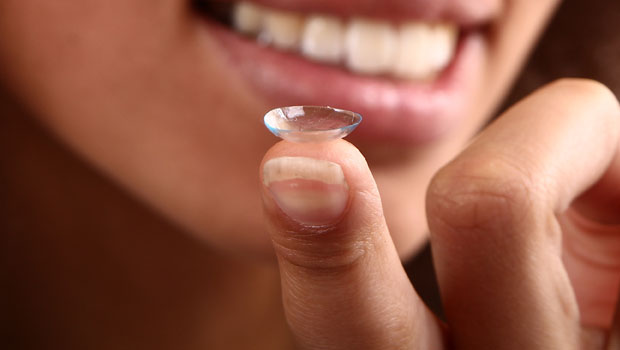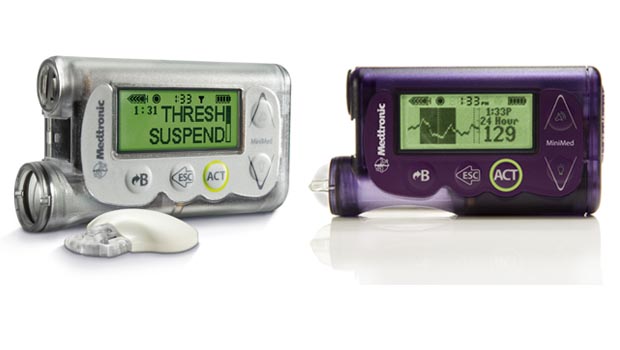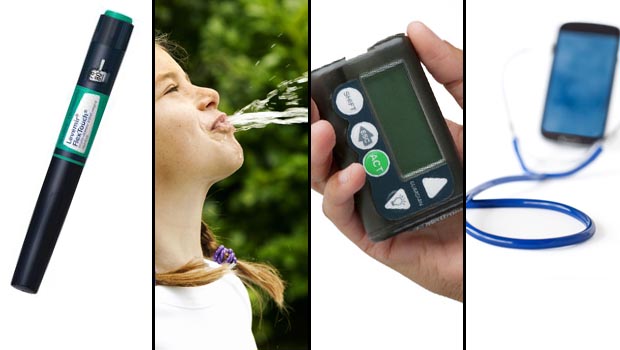Will the Google Lens Revolutionize Diabetes Care?

Commentary
Google has announced the development of contact lenses that can measure glucose levels! The tech giant has put an end to fingerpricks forever! Let the ticker-tape parade begin!
Wait, no. Let’s take a deep breath.
The name “Google” brings to mind futuristic tech advancements that can revolutionize life as we know it. After all, the company dominates search engine technology and cute cat videos, is on track to develop the first commercially-sold self-driving car, and seemingly has more money to spend than many industrialized nations. Having mastered the Internet, the company is turning its attention to the one sector of our economy with the most growth potential: health care.
Last year, Google made a few diabetes-related headlines when it announced it was throwing a few million dollars at a company working to develop oral insulin (see “Google Plus Oral Insulin”). And now its secretive “Google X” division has announced it has developed a contact lens that can measure glucose. When Google talks about diabetes, people listen.
The Google X blogpost announcement sounds promising, describing “a smart contact lens that’s built to measure glucose levels in tears using a tiny wireless chip and miniaturized glucose sensor that are embedded between two layers of soft contact lens material.” The developers say it can measure a reading per second, and may even come with built-in early warning devices to warn a wearer of fluctuations in BG levels. All good stuff.
But if you peek past the headlines, it becomes apparent that this device is still in the beginning stages of development. Clinical trials are underway and Google is in “discussions” with the FDA, but there really is no definitive timeline for when, or if, this product will make it to market. FDA approval is notoriously slow for any novel diabetes treatment device, as well; Mannkind hopes 2014 is the year for its inhalable insulin device to gain FDA approval after years of regulatory limbo, but no one is holding their breath. Also absent from the post is any mention of accuracy. It’s great if this device can measure glucose, but it’s more important that it measure glucose accurately.
Google is not the first on the block to try for a bloodless way, either. Cnoga is focusing on using skin pigment to measure glucose and has several non-blood-based devices out on international markets, while Integrity Applications is developing ways to measure it with an ear clip (see “Non-invasive Glucose Monitoring: Where No PWD has Gone Before”), just to name a few. Google isn’t even the first to try to devise a way to measure glucose with tears. In 2011, Live Science reported that separate teams of researchers at the University of Michigan and Arizona State University are working on ways to measure glucose with the eye. In fact, one researcher mentioned that the idea goes as far back as 1937. Such a method comes with multiple difficulties, as glucose levels are 30 to 50 times less concentrated in tears than in blood, and levels fluctuate depending on the eye’s stress level.
If it sounds like I’m raining on Google’s parade, I should say that having the tech giant roll up its sleeves to try to crack the code of bloodless glucose testing is actually a great thing. Google has deep pockets and a reputation for getting things done. The company’s entry into alternative glucose monitoring ups the ante for everyone in the field to get something done, done soon, and done well.
Thanks for reading this Insulin Nation article. Want more Type 1 news? Subscribe here.
Have Type 2 diabetes or know someone who does? Try Type 2 Nation, our sister publication.







